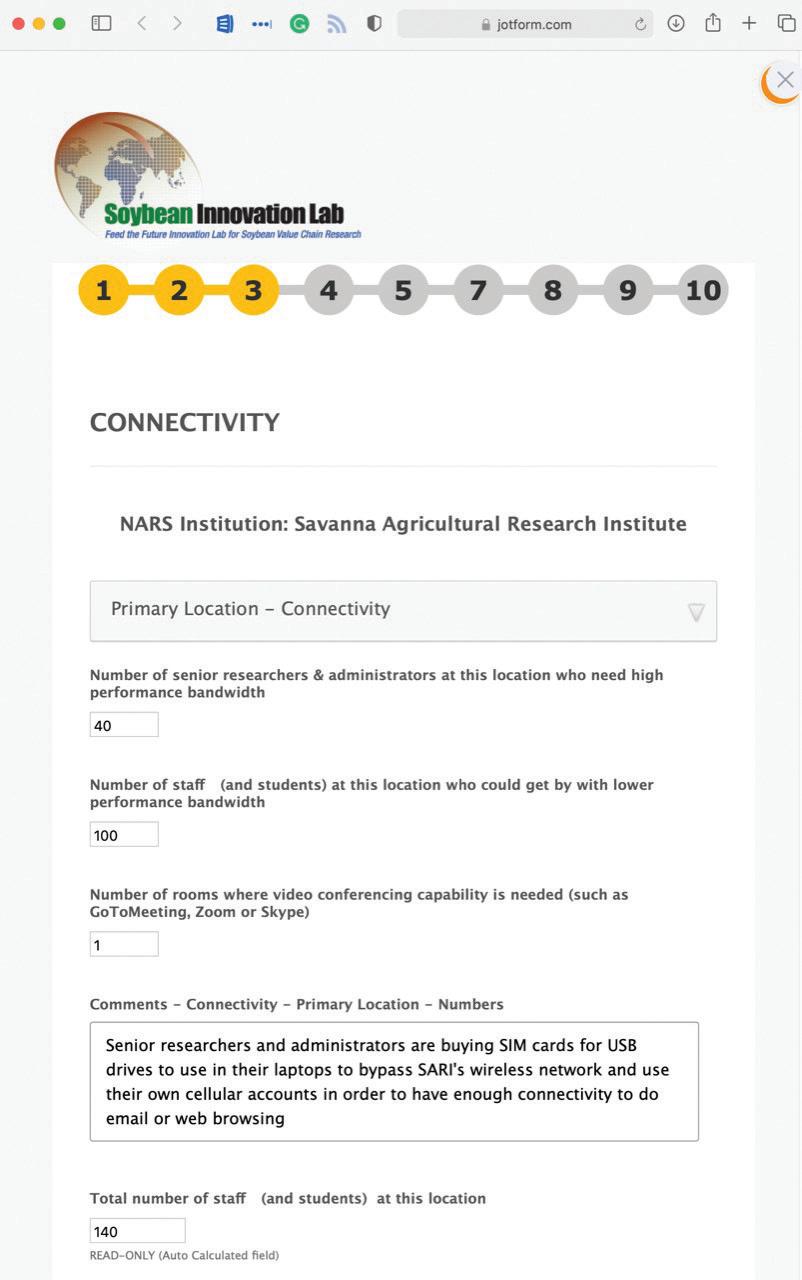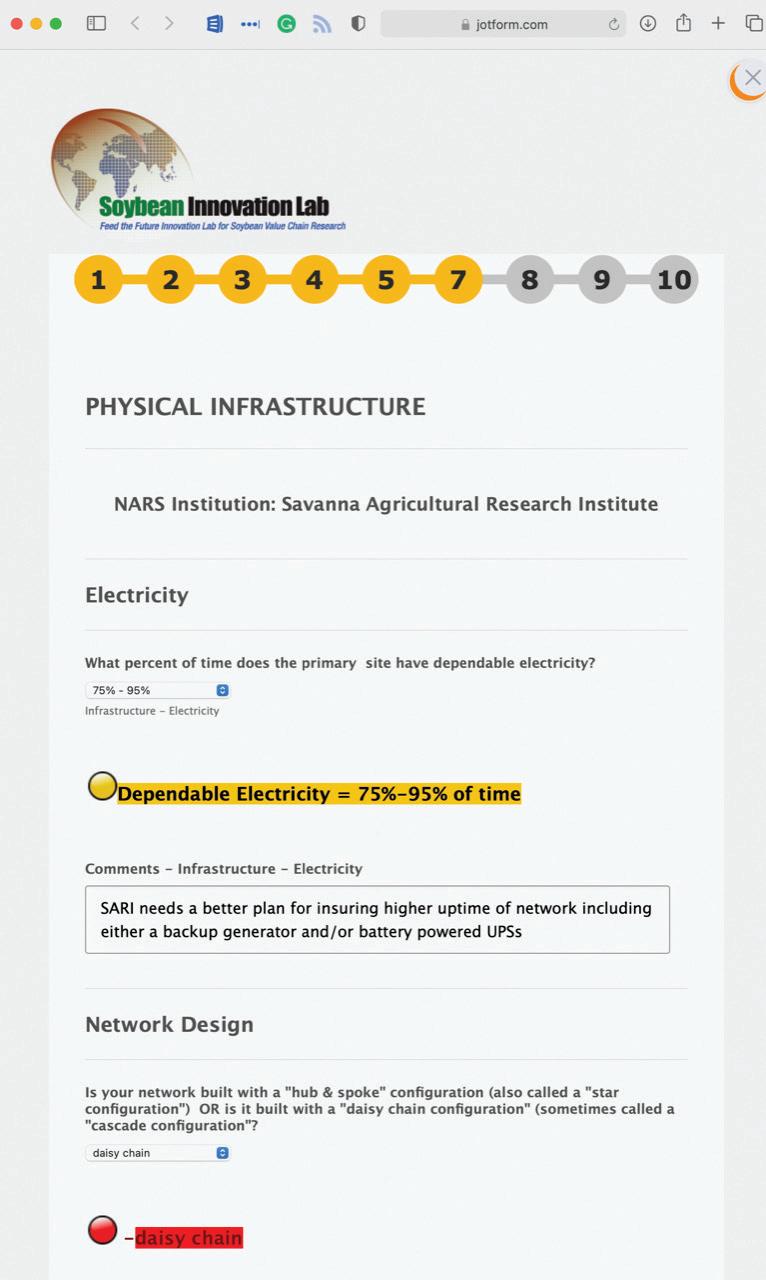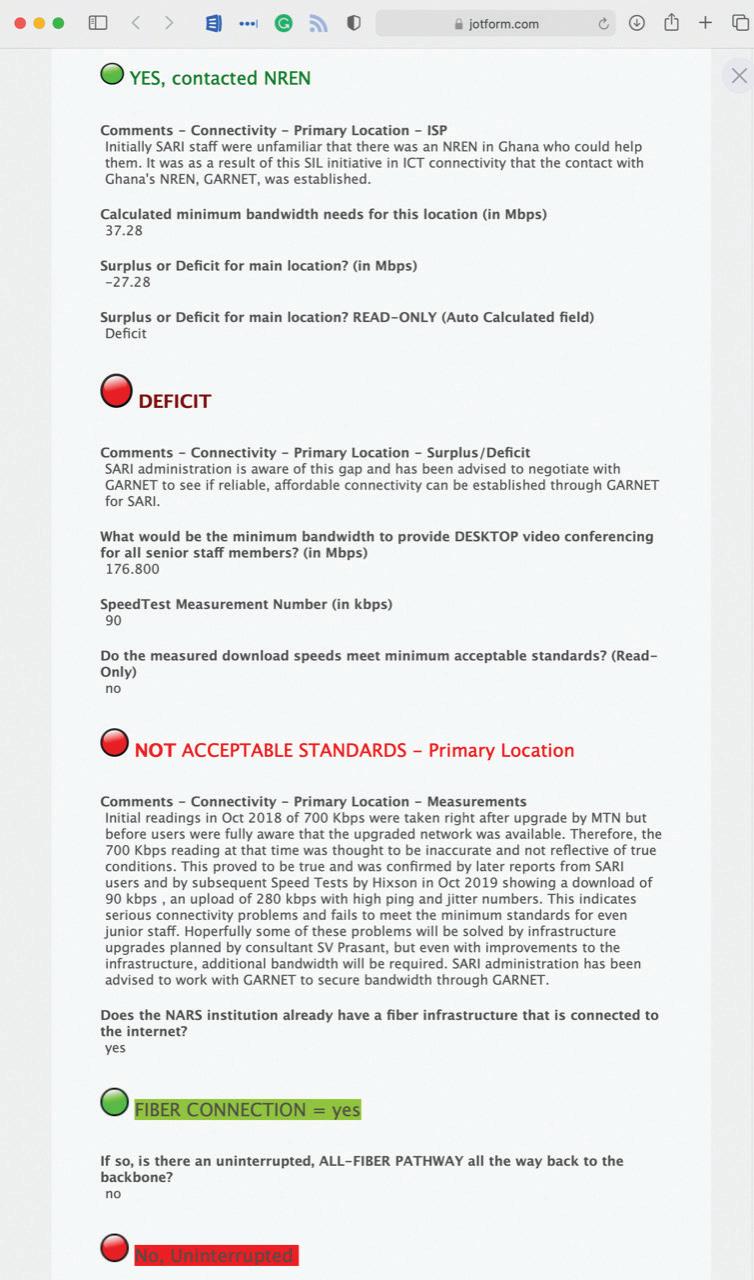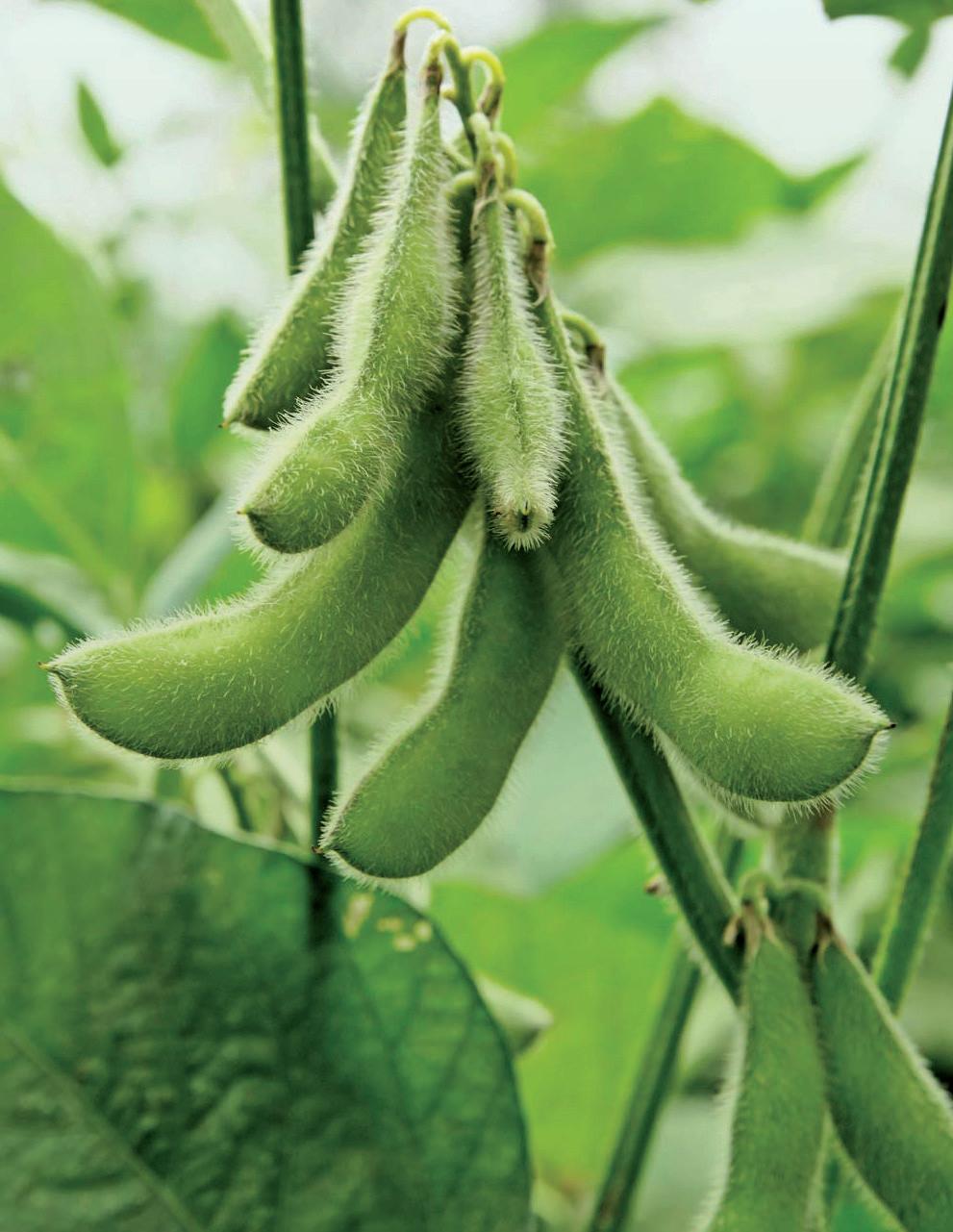
2 minute read
The ICT Health Checkup: A Key to Partner Self-Reliance
CHALLENGE: Information and communication technology (ICT) is a mission-critical element for success in modern agricultural research around the globe. In that sense, ICT has become like the oxygen for today’s agricultural researcher, who needs robust ICT connectivity and toolsets to carry out highly effective programs. Unfortunately, ICT connectivity and utilization at agricultural research institutions and universities throughout Sub-Saharan Africa lags far behind their counterparts on other continents. While fiberbased connectivity is pouring into Africa from every direction, not enough attention is currently being directed to improving ICT connectivity and bandwidth at Africa’s National Agricultural Research System (NARS) and higher education institutions.
Limited connectivity weakens local partners’ ability to lead projects, collaborate across organizations and geographies, attend webinars and apply for grants. Robust ICT connectivity is essential to ensuring African partners are operating on the same playing field as collaborators in Europe, Asia, and the Americas. SOLUTION: The first step in addressing and remedying connectivity issues at the institutional level is to use a reliable IT assessment tool that clearly identifies and quantifies constraints and gaps across the institution’s use of IT resources. SIL developed the ICT Health Checkup app to serve as a quantitative assessment tool that provides instant guidance on connectivity gaps and provides specific and measurable benchmarks in four key areas: • Connectivity • Physical infrastructure • Intranet services • ICT staff
Advertisement
This year, SIL is launching the ICT Health Checkup as an independent online assessment tool in collaboration with a network of 14 NARS, higher education, and National and Regional Research and Education Networks (NRENs, RENs) in Ghana, Zambia, and Malawi.
SIL’s ICT Health Checkup app gives institutional users a quantitative assessment of their connectivity gaps in four key areas. Shown below are snapshots of the app focused on the connectivity and physical infrastructure areas.
KEY IMPACTS • SIL scales the ICT Health Checkup tool through a partnership with National and
Regional Research and Education Networks (NRENs and RENs), which are mandated to bring connectivity to Africa’s research and higher education institutions. RENs and
NRENs are the best bet for providing higher speed connectivity at the lowest costs and offer additional value-added services to members beyond bandwidth.
SIL’s REN and NREN partners include: • Ubuntu Alliance
Eastern and Southern Africa • WACREN
West and Central Africa • GARNET
Ghana Academic Research Network • MAREN
Malawi Research and Education Network • ZAMREN
Zambia Research and Education Network • SIL addressed two knowledge gaps: first, enabling partners to quantify their IT gaps and assets through the ICT Health
Checkup tool (including a planning feature to support resource allocation in support of agricultural research and outreach); and second, connecting NARS and agricultural universities with their NREN system. • Now, research and academic partners are matched with their appropriate
NREN where together they address an alternative to the oligopoly of commercial telecoms. The collaboration opens up the opportunity to gain high speed access while simultaneously lowering the costs per Mbps. • The ICT Health Checkup application will soon be available online for organizations to use on demand via SIL’s Tropical Soybean
Information Portal.













